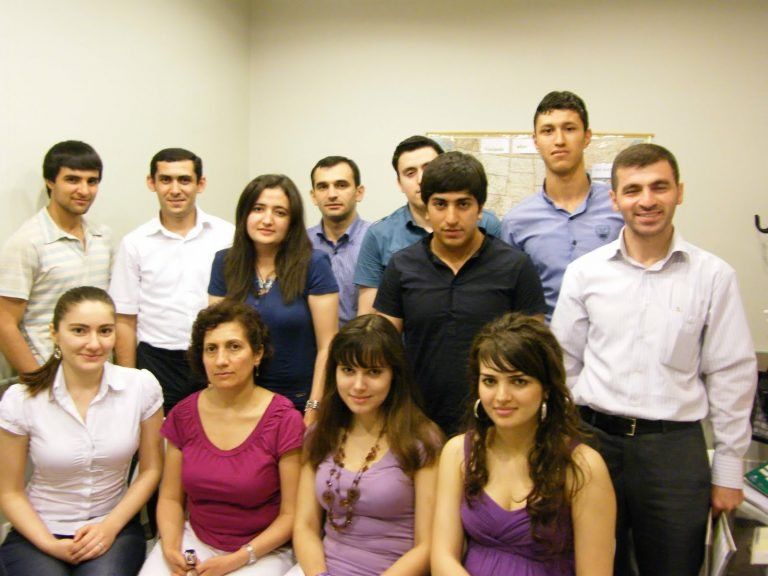The $777 DIY Trap: When Saving Pennies Costs You a Fortune
The fluorescent hum of the office was a lonely companion at 1:47 AM. Sarah’s fingers, stiff from hours of repetitive motion, danced across the keyboard. Each click of the mouse was a tiny protest against the mountain of invoices still waiting to be manually entered into her spreadsheet. “Saving money,” she’d mutter to the empty room, justifying the decision to forgo accounting software. “Every dollar counts.” Outside, the city slept, oblivious to the quiet self-sabotage unfolding within these walls.
This wasn’t just about invoices, of course. It was about the seven sales calls she’d postponed that day, the two client proposals sitting untouched, the grand vision for her business slowly suffocating under a pile of tasks that someone, or something, else could have handled for a fraction of what her time was truly worth. It’s a common affliction, this belief that avoiding a small upfront cost is always a win, even when it demands our most valuable, irreplaceable resource: time. I’ve been there myself, caught up in the meticulous crafting of a perfectly formatted email, oblivious to the fact that I’d missed three urgent calls because my phone was, bafflingly, on mute. You don’t realize what you’re missing until it’s too late, and the cost isn’t just money.
We’re conditioned, aren’t we? From an early age, we’re taught the virtue of frugality, of doing it yourself. And while that spirit is commendable in its place, it becomes a cage when it prevents us from scaling, from focusing on the strategic work that actually moves the needle. It’s a scarcity mentality masquerading as financial prudence, tricking us into being busy instead of strategic. The opportunity cost of our own labor becomes invisible, a phantom expense that never appears on a balance sheet but deviscerates profit nonetheless. This isn’t just a business problem; it’s a personal one too. How many hobbies have been abandoned, how many weekends sacrificed, all in the name of saving a pittance on a task that could have been automated or delegated?
The Trap Illustrated
Reese’s situation is a perfect illustration of the DIY Trap. She was so focused on the perceived cost of a transcription service – which she estimated at an alarming $27 per hour – that she failed to see the much larger cost of her own time. She believed accuracy would be compromised, that the nuances would be lost. But what if she could remove the cost barrier entirely? What if there was a simple, effective solution that not only saved her money but, more importantly, saved her irreplaceable time? Imagine the freedom that comes from offloading that particular repetitive, mentally draining task. Think about the creativity that could flow, the innovations that could emerge, if those hours were reclaimed for higher-value activities.
Manual Transcription
Perceived Service Fee
It’s not just about what you save; it’s about what you gain. The seven-hour stream, transcribed in mere minutes, frees up Reese to brainstorm new content ideas, strategize community engagement, or simply recharge. The difference isn’t just incremental; it’s transformative. The market, I’ve noticed, is starting to recognize this gap, offering tools that dramatically lower the barrier to automation. One such tool makes it effortless to convert audio to text, completely removing the cost barrier Reese was so worried about. With a reliable
audio to text solution, the decision to automate away manual labor isn’t just a smart move, it’s a no-brainer. The value is undeniable when you consider what you *don’t* have to do anymore. It’s about leveraging technology to multiply your output, not just manage it.
The Invisible Drain
Time is a finite resource, a truth I was reminded of acutely when I realized my phone had been on mute for an entire afternoon, missing ten urgent calls. How much more productive could I have been if I’d simply noticed that small, easily fixable oversight earlier? Similarly, how many entrepreneurs are stuck in the DIY trap, missing metaphorical calls to scale, to innovate, because they are meticulously arranging their own metaphorical desk chairs? It’s a form of financial short-sightedness, an almost willful blindness to the true value of one’s own skilled labor. We often overestimate the effort of finding and implementing a solution and dramatically underestimate the ongoing drain of the problem itself. That drain isn’t just about financial capital; it’s about mental capital, creative capital, and even relationship capital.
I confess, there was a point, not so long ago, where I spent a ludicrous 47 minutes trying to fix a glitch on my website that a developer could have resolved in under 7 minutes for a modest $77. I was convinced I could ‘figure it out.’ The satisfaction of eventually solving it myself was fleeting, overshadowed by the realization of the sales pitch I’d missed, the article I hadn’t written, the walk I hadn’t taken. My partner, ever the pragmatist, simply raised an eyebrow. “Was it worth it?” she asked. And the answer, despite my bruised ego, was a resounding ‘no’. My ‘savings’ were an illusion, a ghost in the machine of my own making. We often criticize others for falling into this trap, yet we are often the first ones to pull on the DIY boots when faced with a perceived small cost.
DIY Time vs. Value
47 Mins Lost
The Distinction Between Growth and Impediment
This isn’t to say all DIY is bad. Learning new skills, tackling personal projects – these have immense value. But we must learn to distinguish between personal enrichment and professional impediment. When the ‘do-it-yourself’ mantra extends to every aspect of our professional lives, especially tasks that are repetitive, time-consuming, and low-leverage, it morphs into a form of self-sabotage. It keeps us small, keeps us from embracing the growth that is available to us, because we’re too busy managing the minutiae. We create our own glass ceilings, not with external limitations, but with the internal resistance to spending money strategically.
The Shift
Sarah, with her weary fingers, eventually made the shift. Reese, after another particularly grueling transcription marathon, decided to try something new. Both discovered that the cost of automation wasn’t a cost at all, but an investment with an immediate, tangible return measured in reclaimed hours, renewed energy, and the sweet sound of new opportunities knocking.
The real question is, what will you reclaim from the DIY trap?
What truly matters is not the $7 you saved, but the 77 hours you could have invested in building something extraordinary.





